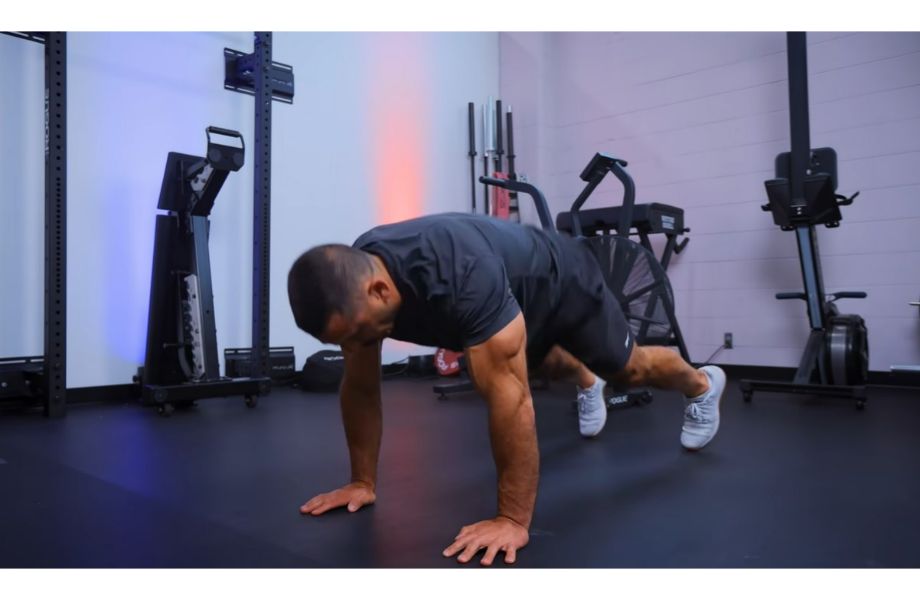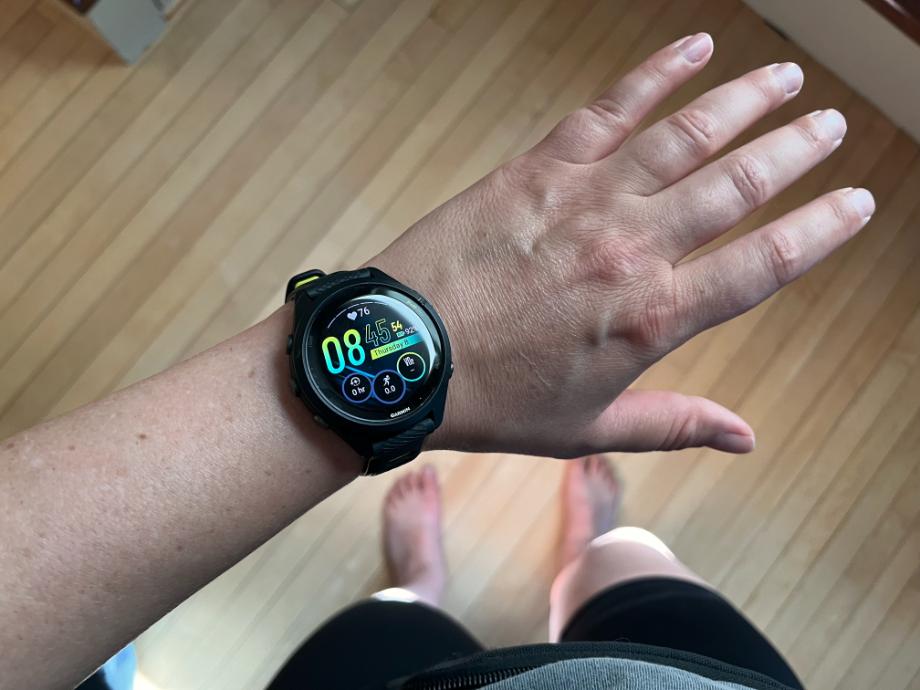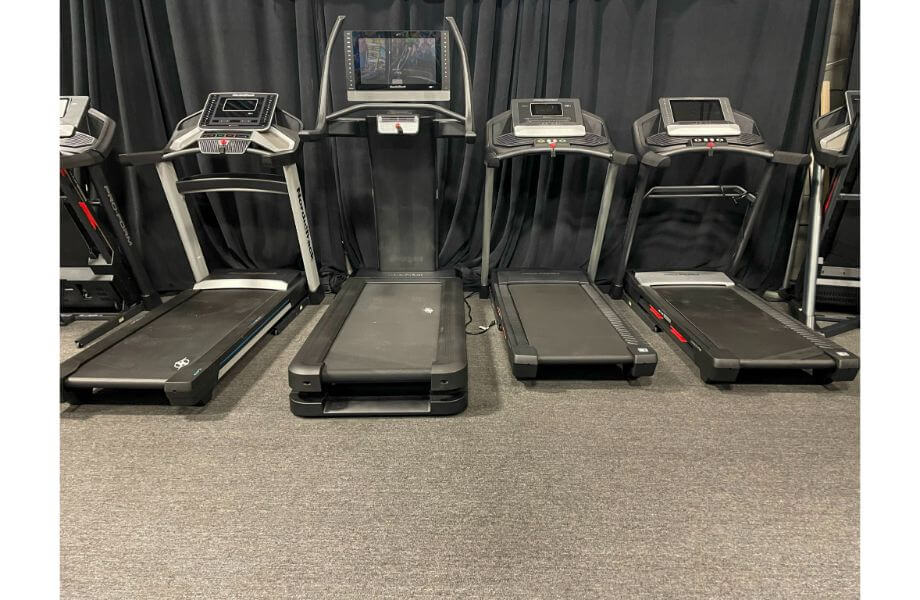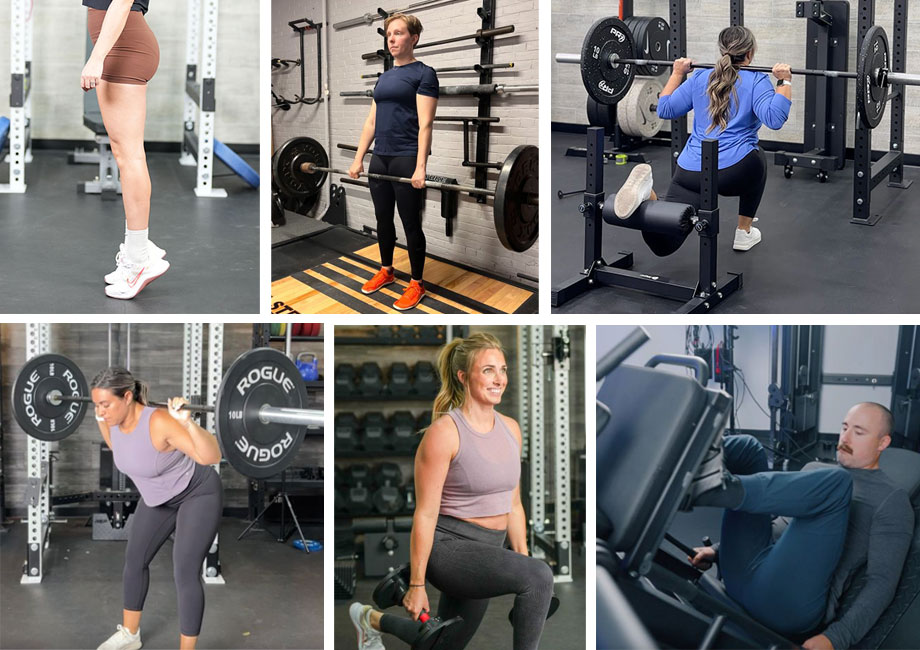The inchworm exercise, also known as a walkout push-up, is one of the best warm-up exercises— and it’s a staple in my warm-up routine. Less jerky than a burpee, but sweatier than a slow walk on a treadmill, the inchworm gets your muscles working and your body sweating in a hurry.
In addition to being a valuable warm-up exercise, the inchworm offers those with limited space and time a classic at-home workout. As long as you’re still a subscriber, go ahead and pop something forgettable up on Netflix, clear the coffee table out of the way, and get ready to get your whole body moving. Let’s learn how to do the inchworm exercise.
How To Perform the Inchworm Exercise
The inchworm resembles the game of human wheelbarrow you may have played as a kid. In our single-person, at-home version, we’ve taken your lower body out of the hands of that weird kid down the street and placed it firmly on the ground.
That, and other step-by-step guidelines follow.
- Stand upright with your feet shoulder -width apart.
- Bend and place your palms on the ground 6 inches from your feet (or as close as you can without hurting yourself).
- Keeping weight on your hands, walk forward with your hands until you are in a high plank (push-up position).
- Perform a push-up.
- You have returned to the plank position.
- Walk your hands back until your palms are 6 inches from your feet again.
- Stand to your starting position.
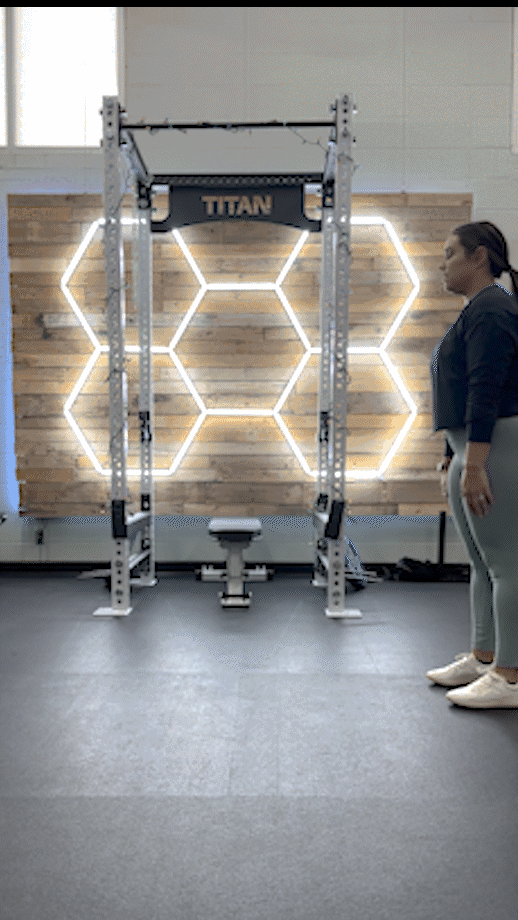
Trainer Tips for Form
Keeping four points of bodily contact on the ground is crucial. If you can’t manage to keep the balance between left and right, as well as front and back, you will end up falling over. If you can keep that in mind, everything below tends to fall in line without much thought.
Hold the High Plank
Depending on which branch of civil service you work in, you may know this as “push-up position,” or the “on your face” position (and lord help you if you actually let your face touch the ground).
The high plank position taxes the upper body more than its oft used cousin, the low plank. The high plank position is done with extended arms with your hands on the ground, as opposed to planking on your forearms as in the low plank.
RELATED: The Best Plank Exercises
Holding the position before and after the pushup phase of the inchworm helps make each part of the movement distinct.
It also allows you to work the abs and obliques even more.
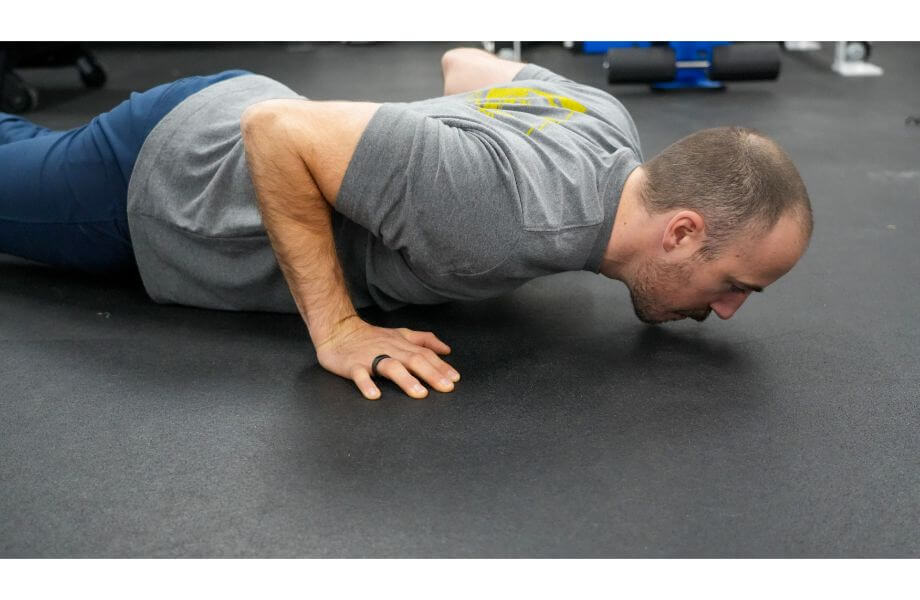
Breathe
There is an old story told in every theater school in the country about a conversation between a seasoned director and young actor. The conversation goes something like this:
Director: I want you to take a breath after this next line.
Actor: Why would my character need to take a breath there?
Director: Because, dear boy, your character needs to breathe in order to live.
The action of bending down and compressing your torso can make it easy to ignore breathing. If you get a head rush when you stand up into your starting position, you’re probably not breathing.
Feel A Stretch
At the beginning and end of the movement, when your palms are on the ground 6 inches from your feet, go ahead and settle into that deep hamstring stretch.
Remember, movement IS mobility, so use that range of motion to its fullest capacity. This not only helps you get loose, it reinforces positive movement patterns and will make the act of bending over and getting up easier.
This is why we work out in the first place, pourquoi non?
RELATED: At-Work Stretches to Try
Common Inchworm Exercise Mistakes
Even the best exercises can be turned into something ugly by a lack of proper form. Fatigue exacerbates small, common mistakes, and can lead to some really sloppy stuff when used as a part of some kind of HIIT cardio workout.
Focus on the basics; they’re hard enough.
Don’t Be In A Rush
Rushing any part of the inchworm is the most common thing you see. Because it’s, ya know, pretty hard, people will do the “air walkout” with their hands instead of actually putting weight on them.
Equally as common, people will basically skip the walk-back portion and just stand up.
The way we are using this exercise to develop core strength is by putting your own bodyweight to use. Not taking time to actually place the body under load sabotages the exercise. Take two full “steps” with each arm, and count four full beats while you do it.
Both ways.
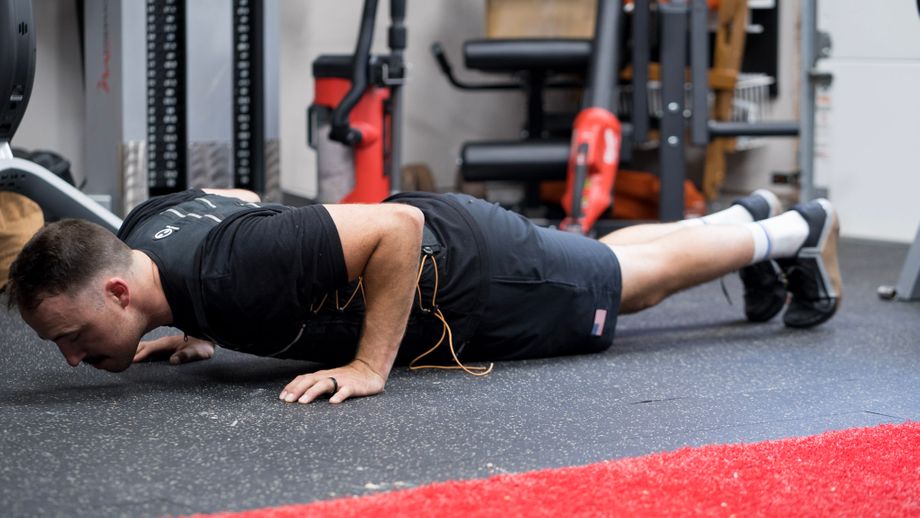
Flopping
It was embarrassing when it was relegated to international soccer, and abhorrent that it has invaded the NBA. Let’s not add the flop of shame to your workout, too.
If you’ve tried to fake doing burpees while tired you know exactly what this is. Flailing on the ground, then picking your head up and arching your lower back to make it look like you are standing isn’t the posture we are after here.
Keep the motion totally in control all at all. If you don’t feel like you’re a tortoise carrying the earth on your back while doing this lift, you probably aren’t focusing enough on engaging the right muscles1.
FAQs: Inchworm Exercise
What is the inchworm exercise good for?
First and foremost, being able to safely get on the ground, and being able to get up off the ground, are vital survival mechanisms. The National Council on Aging lists falling as a leading cause of death in seniors 65 years of age and older2.
Strength training is about more than peaked biceps and banging out reps at 225 pounds on the bench press. “Functional training,” as the internet hype has dubbed it, is about having the full-body ability to execute movements pertinent to life.
In addition to training the core through stabilization, getting your heart rate going, and getting an upper body pump, the inchworm trains your entire body to do the important job of getting itself off the ground.
What muscle groups do inchworms work?
This is a full-body workout. Your core strength, chest, triceps, and quads all get beat up. As you feel more comfortable with the walkout phase, you will start feeling your upper back and your lats “spread out” more.
The inchworm is a slow moving burpee (that even does a better job of including the plank position vs. the “prone lying on belly” position I get into when I do burpees). This means your glutes, and entire posterior chain, will get involved. Without the explosive element of our friend the burpee, this will be more muted.
However, as a beginner, your entire lower body will be sore.
RELATED: The Best Full-Body Workout Machines
How many inchworms should I do?
If you’re using this as a warm-up, just 5 to 10 reps may be enough. If you want to use it to build strength, you can shoot for a high number of reps. Using this type of protocol with a total body bodyweight workout routine lets you double dip by doing cardio while you strength train (alternatively, strength train while you do cardio).
If keeping to a specific set and rep scheme proves too difficult at first, set a target number of total reps you want to achieve. Then, when you get there, pick a higher number!
Is the inchworm a muscular exercise?
This probably depends on what gives first; your cardio or your strength.
According to personal empirical data, and this 2022 study3, any adult who can do 20 continuous push ups is already above average. This suggests the inchworm will create muscular stimulus in most of the population.
When you first start incorporating the inchworm exercise into your routine, your chest and triceps will probably get blown up by the repetitions before you get too winded to keep going.
Keep proper form going and keep the pressure on the muscles rather than “humping” your body up. This “time-under-tension” concept keeps the movement low-impact AND creates a better stimulus for hypertrophy. Yay!
References:
1. Halperin I, Vigotsky AD. The mind-muscle connection in resistance training: friend or foe? Eur J Appl Physiol. 2016 Apr;116(4):863-4. doi: 10.1007/s00421-016-3341-y. Epub 2016 Feb 20. PMID: 26896956.
2. Get the Facts on Falls Prevention. National Council on Aging.3. Adams MM, Hatch SA, Winsor EG, Parmelee C. Development of a Standard Push-up Scale for College-Aged Females. Int J Exerc Sci. 2022 Jun 1;15(4):820-833. PMID: 35992503; PMCID: PMC9362895.


